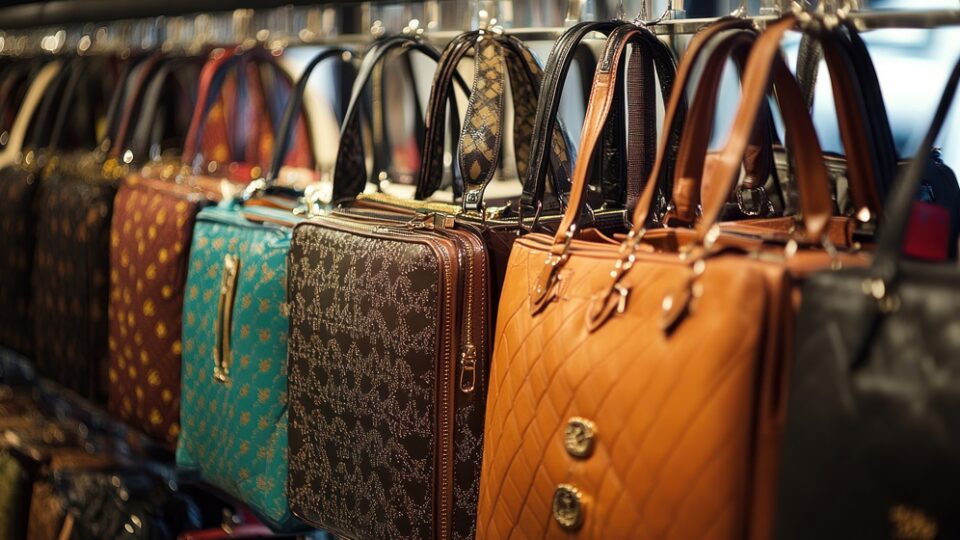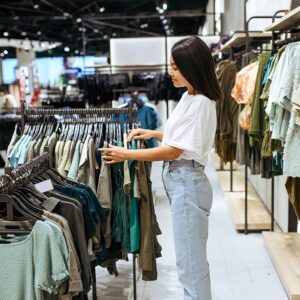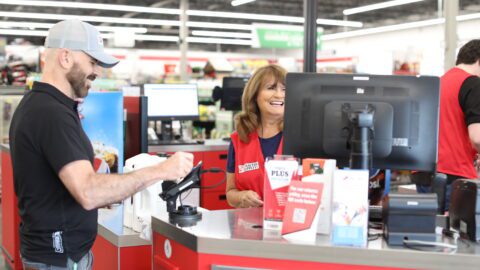Copies of branded items, particularly those with higher price tags, have been around for scores (possibly hundreds) of years, but until fairly recently they carried a whiff of shame that was reflected in one of their names: knockoffs. Traditionally, consumers bought them to get the benefit of wearing a near-enough copy of a luxury item they desired without having to sell a kidney to pay for it.
Another reason for dupes’ previous negative connotation (one they haven’t entirely shed) is that the concept of a “dupe” comes uncomfortably close to counterfeits, which are designed to fool an unsuspecting consumer into believing she’s bought the real thing — and also are illegal.
But now, thanks to a confluence of trends including cost-conscious consumers, influencer support for dupe culture on social media, the growth of ecommerce and the soaring price of many luxury goods, the “shame” of buying a dupe has been turned into “pride.” Many shoppers, particularly younger consumers, see buying dupes as markers of “frugal cool,” and revel in their ability to find a bargain that has the look and feel of the real thing.
In fact, Generation Z is the most frequent purchaser of dupe-style products, according to Emarketer: 71% of these consumers sometimes or always buy cheaper versions of name-brand products, according to a recent survey, as do 67% of millennials.
“Not only is dupe culture now acceptable, but we’re seeing influencers lean into it,” said Liza Amlani, Principal and Founder of consulting firm Retail Strategy Group in an interview with Retail TouchPoints. She described Instagram accounts of Costco hauls, including those looking at dupes of iconic Lululemon products such as a zip hoodie and finding they are of comparable (if not exact) quality.
Brands Try to Differentiate Themselves from Dupe Versions
But if many consumers are happy with getting “designer” items for less, the brands that are most often duped have reason for concern. They run the risk of losing not just one sale but a potential lifetime customer, since many luxury brands try to lure new shoppers with affordable items, trusting that they will increase their spend with the brand as their pockets grow deeper with time.
Lululemon, as indicated above, is a frequent target of dupers, particularly its Align leggings, which retail for as high as $98, compared to dupes priced in the $20 range. The brand even went so far as to hold a Dupe Swap at its Century City Mall store in Los Angeles in May 2023, offering to take dupe leggings as trade-ins in exchange for a pair of the “real” product.
Lululemon reported that 50% of people attending the two-day Dupe Swap were new customers, and also that half were under 30 years old, so the Swap served as an extended product sampling event, with the long-term goal of demonstrating the superior quality of the branded products.
However, if brands can’t make a convincing case that their high price points are reflected in the products’ quality, they risk gaining a reputation as overpriced — and many luxury brands already suffer from this label, even among well-off shoppers.
“One of the biggest foot faults of fashion over the last few years has been the creeping up of price points to an astronomical level, which is actually taking people out of the fashion industry entirely; their money is now going into other things,” said Jennifer Hyman, Co-founder and CEO of Rent the Runway, speaking at a session during the NRF Big Show 2025. “Over the last few years, you’ve seen luxury players take the price of a Chanel bag and almost double it, take the price of the LVMH or Kering inventory and take it up 80%, 100%. It’s insane, even for a wealthy person.
“The consumer is not as snobby as she was 20 or 30 years ago,” Hyman added. “[Back then] if you were rich, you only wore luxury goods, you only shopped in specific stores — you went to Bergdorf. Now, if you’re rich, you’re smart; you’re like ‘Yeah, I’m going to buy some of my stuff at Bergdorf, and I’m going to buy some of my cashmere at Quince.’ I think that high fashion has priced itself out.”
Higher prices for “real” items have been accompanied by higher quality for dupes. “Today the dupes are awesome,” said Hyman. “Fifteen years ago, fast fashion dupes were crap, but today, fast fashion dupes have gone up in quality. Luxury has come down on quality, yet Zara has gone up in quality; it’s a really interesting shift.”
The luxury market overall has been struggling: After exceeding a record €1.5 trillion ($1.56 trillion) in 2023, the luxury market declined between 1% to 3% year over year in 2024, according to Bain & Company research.
The Dangers of Dupe Culture
Of course, not all dupes are comparable in quality to the genuine articles, and it’s much more difficult to ensure that they are produced ethically, responsibly and sustainably. In this sense, dupes have the same drawbacks as counterfeits. “Conceptually, whether it’s a dupe or a counterfeit, the product won’t have the same quality or standards across product development” as a branded product, said Amlani.
Amlani praised Lululemon’s approach to the dupe dilemma as striking a balance between fun and consumer education. “I think more brands should do these types of things, because they stem from accepting that [dupe culture] is happening,” she noted. “It’s also about educating the customer, and it aligns with the sustainability strategies that brands are looking at. The idea is that once you start educating the customer, they will decide how they want to shop. And if we can educate them while we are creating products or investing in sustainability and ethical sourcing standards, they can differentiate themselves against the fakes that are out there. [Education also can help explain] why things cost what they cost.”
However, Amlani stressed that bargain-hunting shoppers are not to blame for the downsides of dupes. “In many cases people are shopping blind,” she said. “For example, if a consumer is buying an item on Shein or Temu, “they don’t know where the product is coming from.”
Much of the growth of dupe culture can be tied to “consumer behavior and shifts in spending habits — and what’s available to that consumer,” said Amlani. “We’re comparing and price shopping before we even go to a store.”
Additionally, it’s simply easier to demonstrate a product’s quality in a brick-and-mortar environment, and reputable retailers will have done everything they can to source product from real brands. In some cases, such as at Zara, the retailer has a “vertical supply chain and [is subject to] stringent laws and regulations,” said Amlani, which explains its combination of affordable prices and product quality.
That ongoing search, for quality and value at an affordable price point, will continue to fuel dupe culture, according to Hyman: “The consumer wants great stuff, and she wants brands that know who they are, she wants authenticity, but she’s not always going to get the most expensive thing just because she can.”















